Food and drink labelling requirements for the Middle East
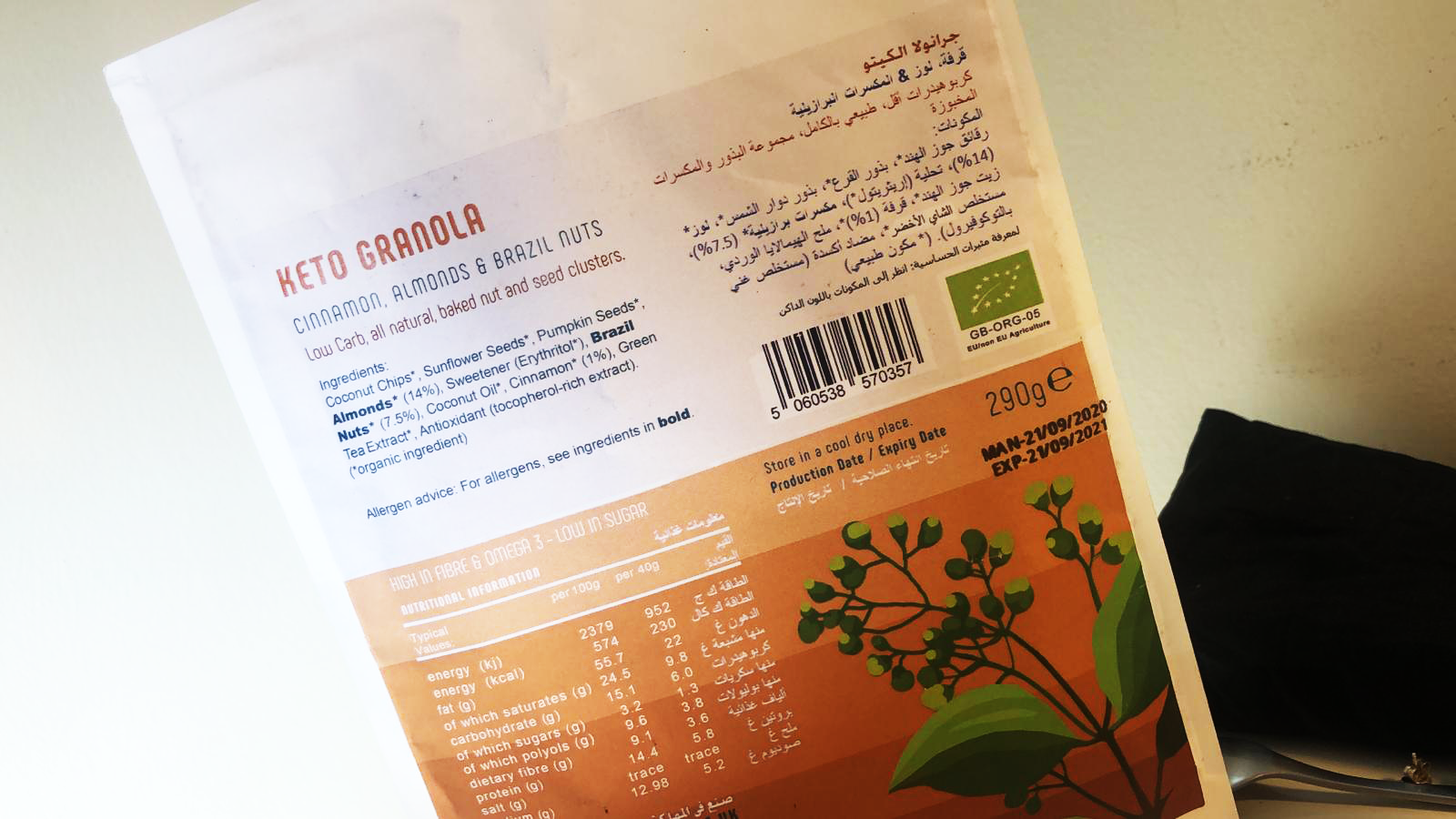
How to meet the packaging requirements of the GCC, UAE and Saudi Arabia
Ink jet production and expiry dates on your product
When it comes to choosing between a product’s best before, use by, and expiration date, in the Gulf region it’s all very black and white – when does the product expire? The regulatory authority want to have transparency over when the products were manufactured and when they are no longer fit for consumption, so it is mandatory to include the production/manufacture date of the product on the label.
From a sales point of view many buyers or distributors will want maximum shelf life as most retailers will remove products for sale with less than 50% shelf life. Bear this in mind when targeting the Middle East, this isn’t a dumping ground for products with a short shelf life, in fact, this is usually a region you will have to make fresh stock for.
Now, remember that these dates must be ink jetted onto the product so they can’t be easily removed. There are limiting circumstances when placing these dates on a sticker is possible, but you shouldn’t count on this being the case and build into your production the ability to change or add these dates to your packaging.
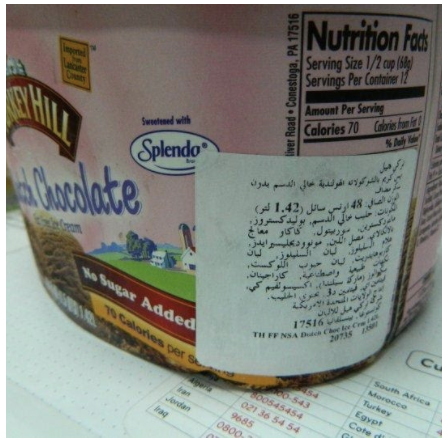
Official documentation for product labelling claims
All claims on your labelling must be backed up and you must not be seen, by the authorities, to be misleading the consumer in any way!
Here are a few examples to get you thinking about your product and packaging, and whether you need to adjust the messaging to target the GCC region:
When targeting the Middle East, you need to make sure that you use appropriate information and nomenclature, especially when it comes to list of ingredients and product description, as there are certain things you can and cannot say or do. Let’s take a look at some examples:
It is incredibly important for the Gulf region that any meat or animal protein contained within products is clearly labelled as halal. You must also use the correct halal logo from the country to which you are selling and ensure your products are approved by the certified notified bodies in the specified market.
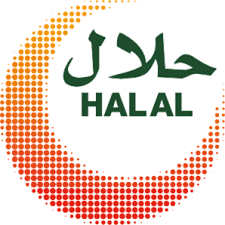
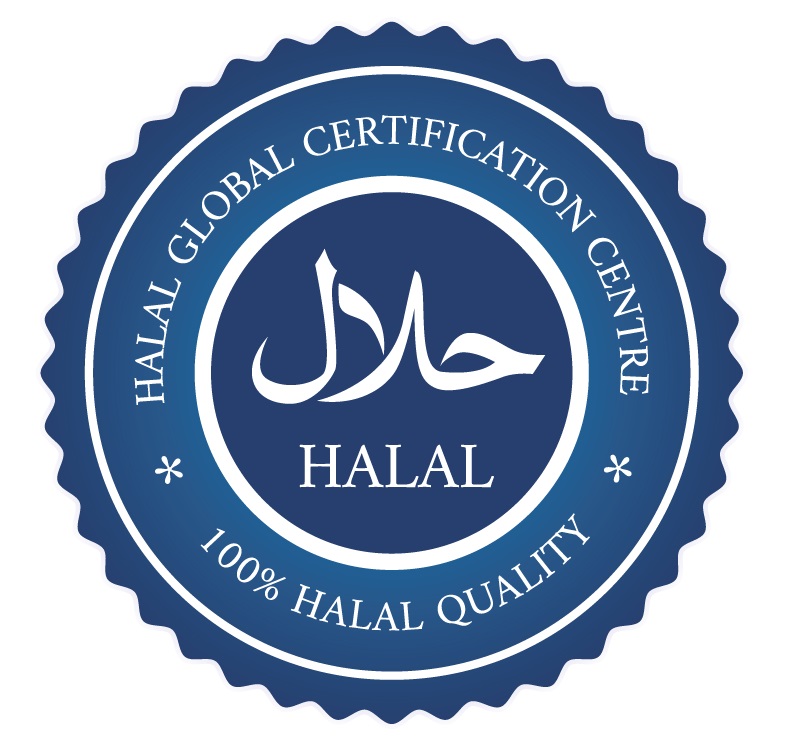
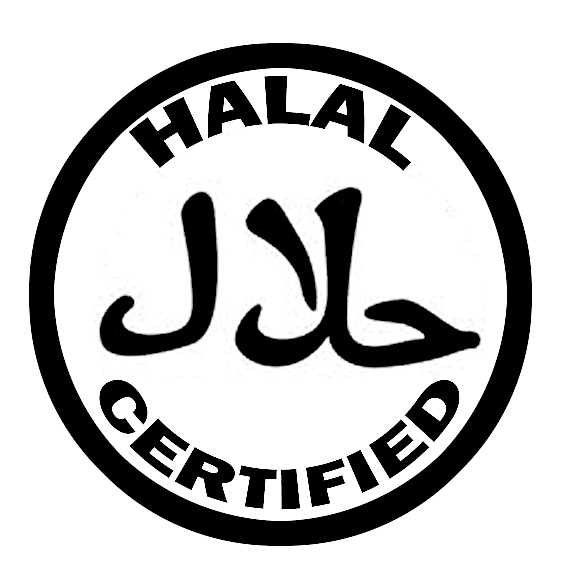
In addition, you must make sure that the certifying body you use is approved for your product category. And remember, you must have all the correct documentation in place before you even send samples to the GCC region and register them there.
Localised Arabic labels
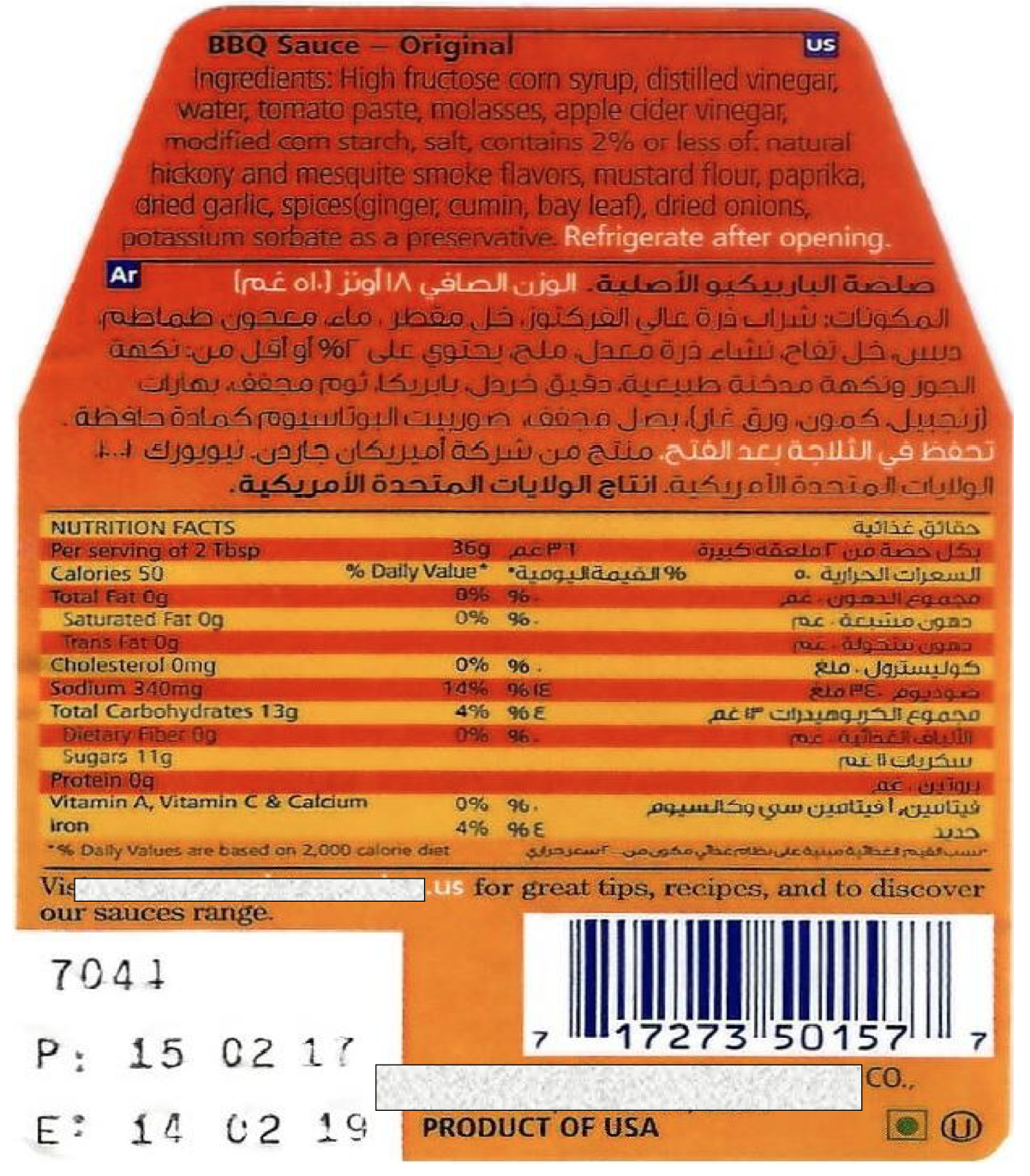
It is a minimum mandatory requirement for ingredients to be translated into Arabic on all food and beverage products being exported to the GCC region, however, depending on the final destination, there may also be a need to translate more information.
Saudi Arabia is the toughest market when it comes to Arabic labelling, so if in doubt, even if you’re not planning on selling there, then ensuring that your packaging is compliant with the Saudi Food and Drug Authority (SFDA) will put you in good stead for being accepted across the rest of the Middle East. The SFDA are the regulatory body who controls food, drink and supplements being sold in the country.
There are few things to consider when preparing your packaging for Arabic-speaking consumers:
For more information, read on to find out how to label food and drink products for export.
If in doubt, follow the SFDA standards
Although they form part of the GCC, the United Arab Emirates and Saudi Arabia have their own frameworks and standards for food and beverage labelling.
Some items are mandatory in the UAE and voluntary in the rest of the GCC, and vice versa. With this mind, it’s important to select the right framework for your needs.
When it comes to nutritional information, the SFDA framework is the most comprehensive as it covers all the requirements of both the GCC and UAE. To cover all bases, we recommend you follow the SFDA guidelines.
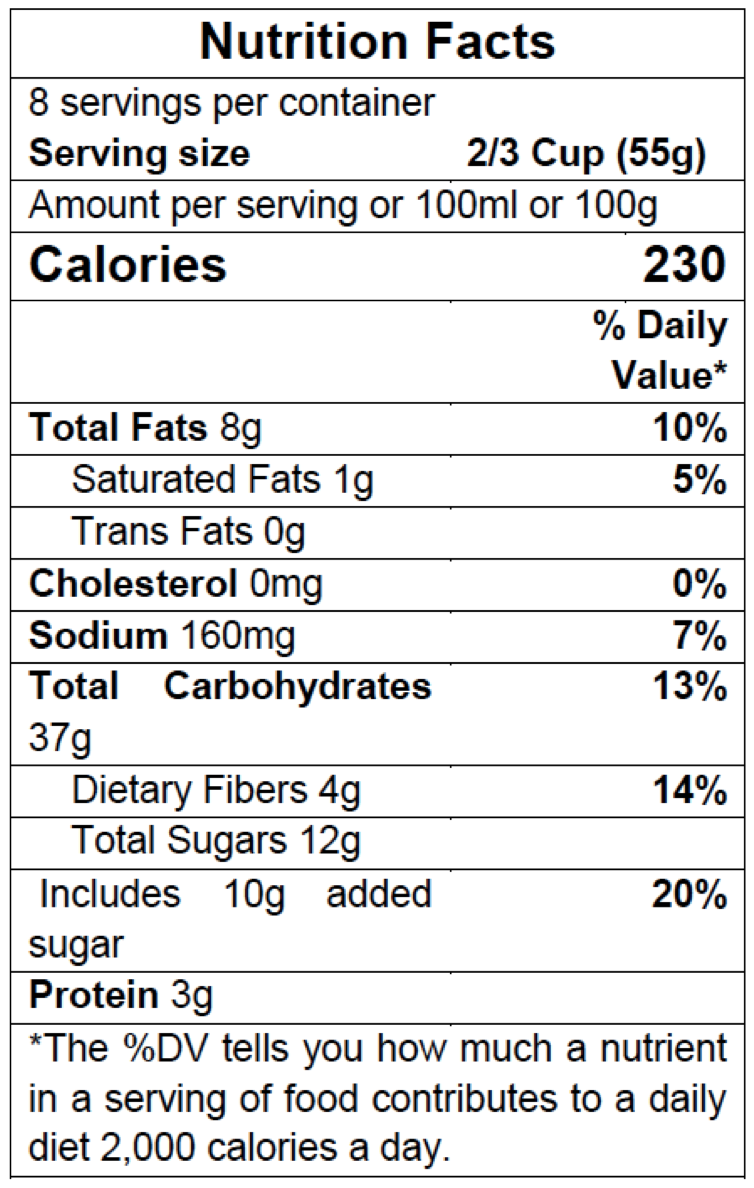
Traffic light labelling
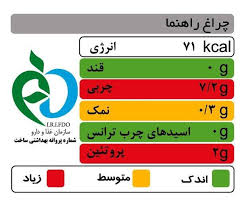
If you’re not already aware, the GCC has recently introduced traffic light labelling for food and beverage products. The usage and requirements are almost identical to the UK, however, the “Energy %” is not required.
Right now, the traffic light system is still voluntary but could very well be mandatory in the future, so it’s a good idea to include it on your Arabic labelling.
Labelling Checklist PDF
We have created a labelling checklist with guidance notes for you to download and keep. This document is in an editable PDF format so you can make notes should you wish. We hope you will find this document useful and that it makes labelling products for the Middle East a little easier.
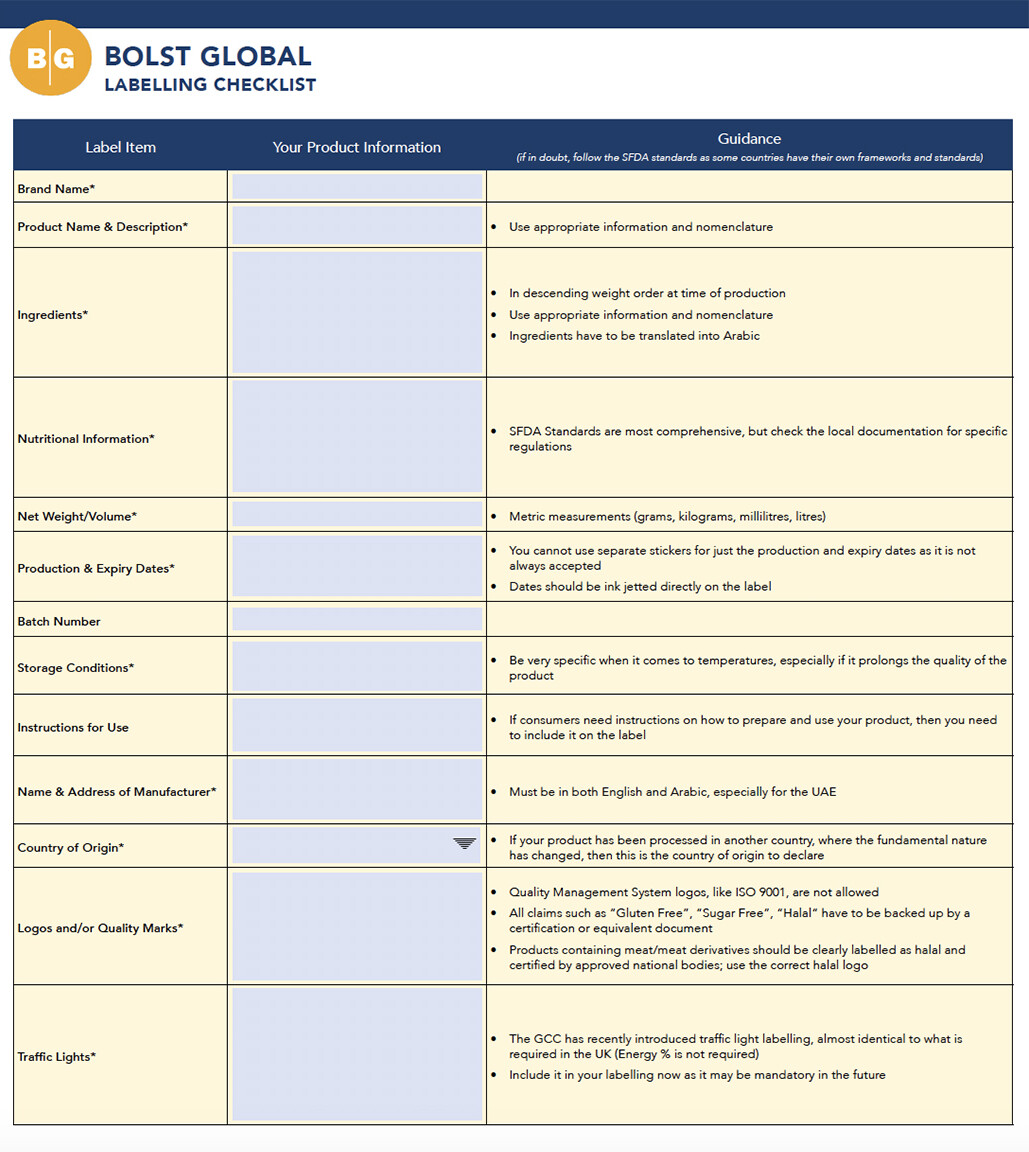
Our team specialises in helping businesses gain traction in new markets, particularly in the Middle East. We can help you with your labelling and logistical needs, general advice and guidance on how to break into GCC countries like the UAE, and can even find suitable manufacturing partners for your business.
